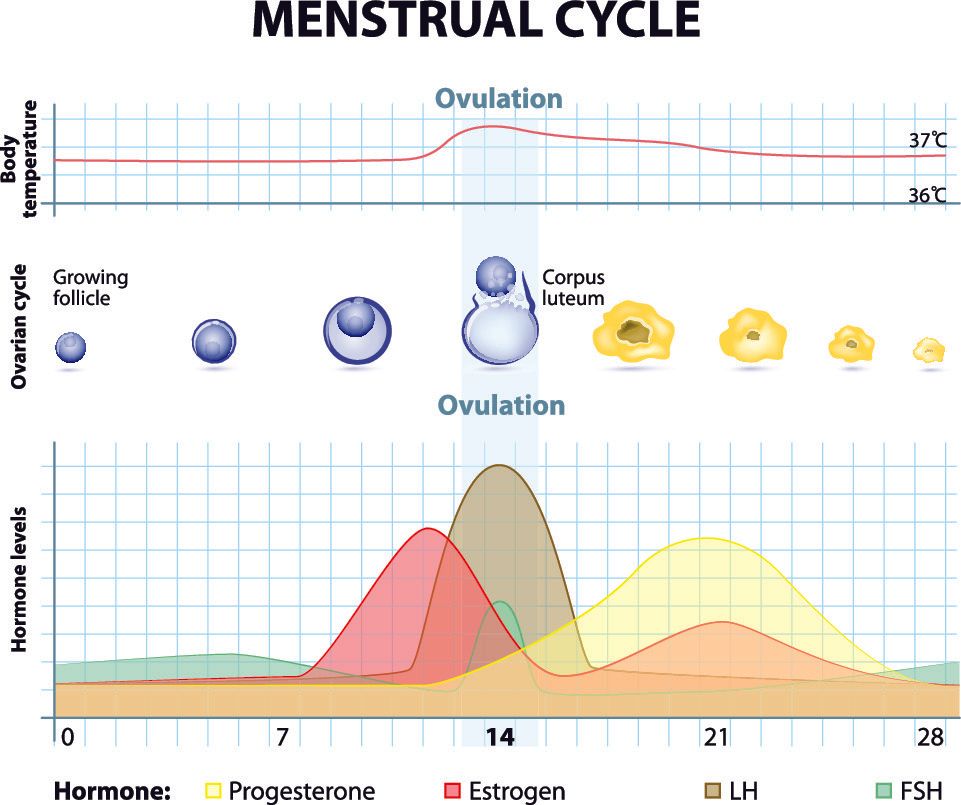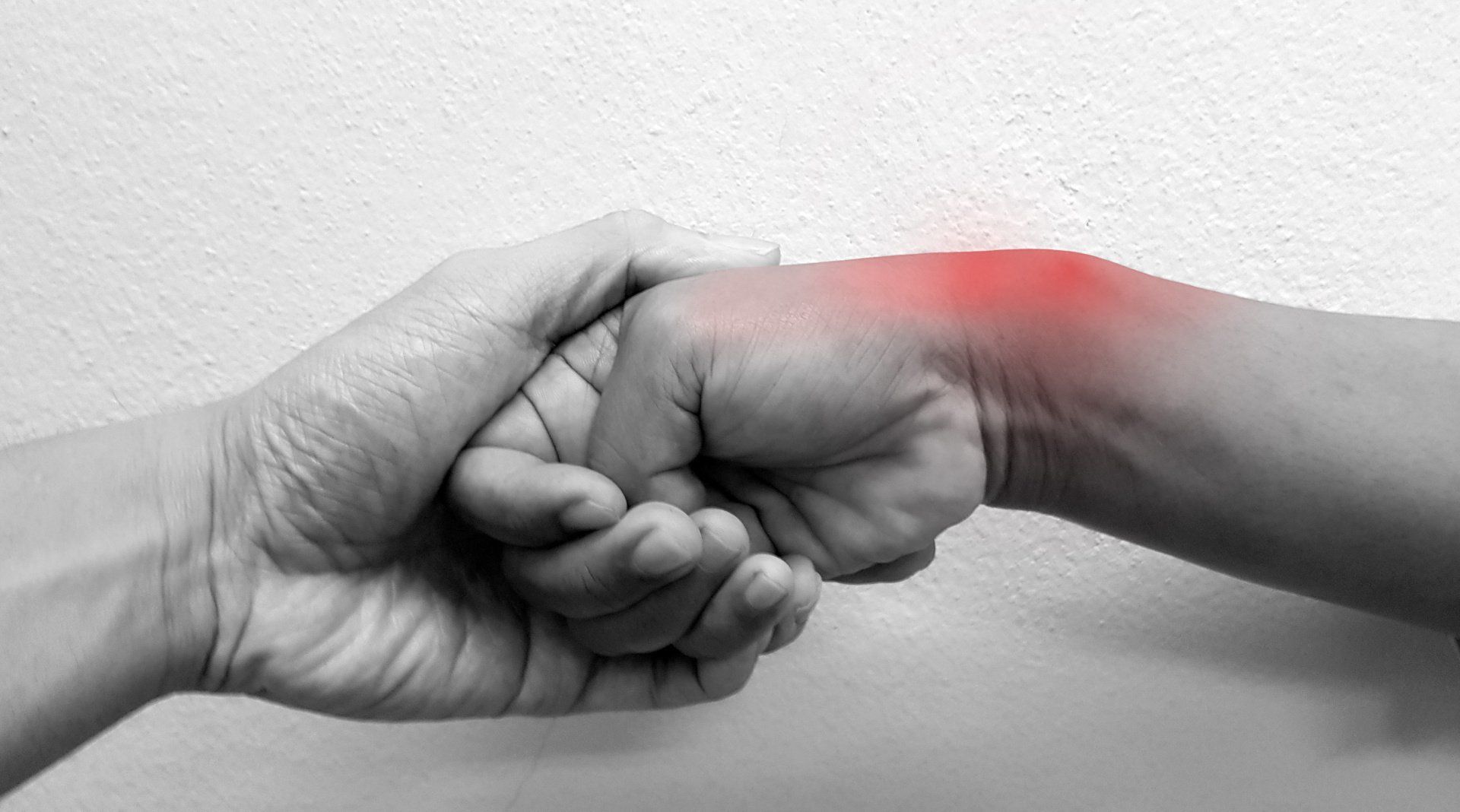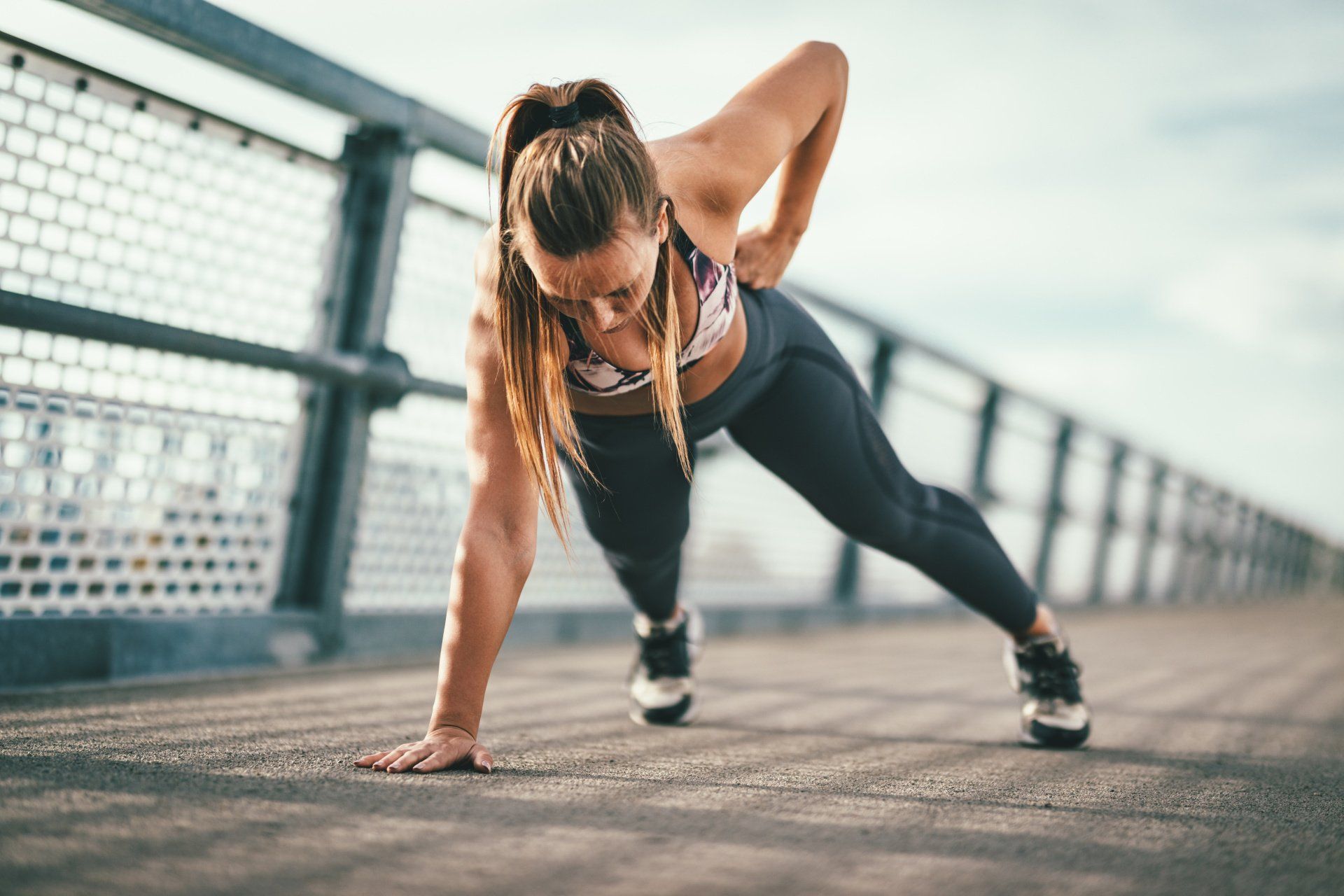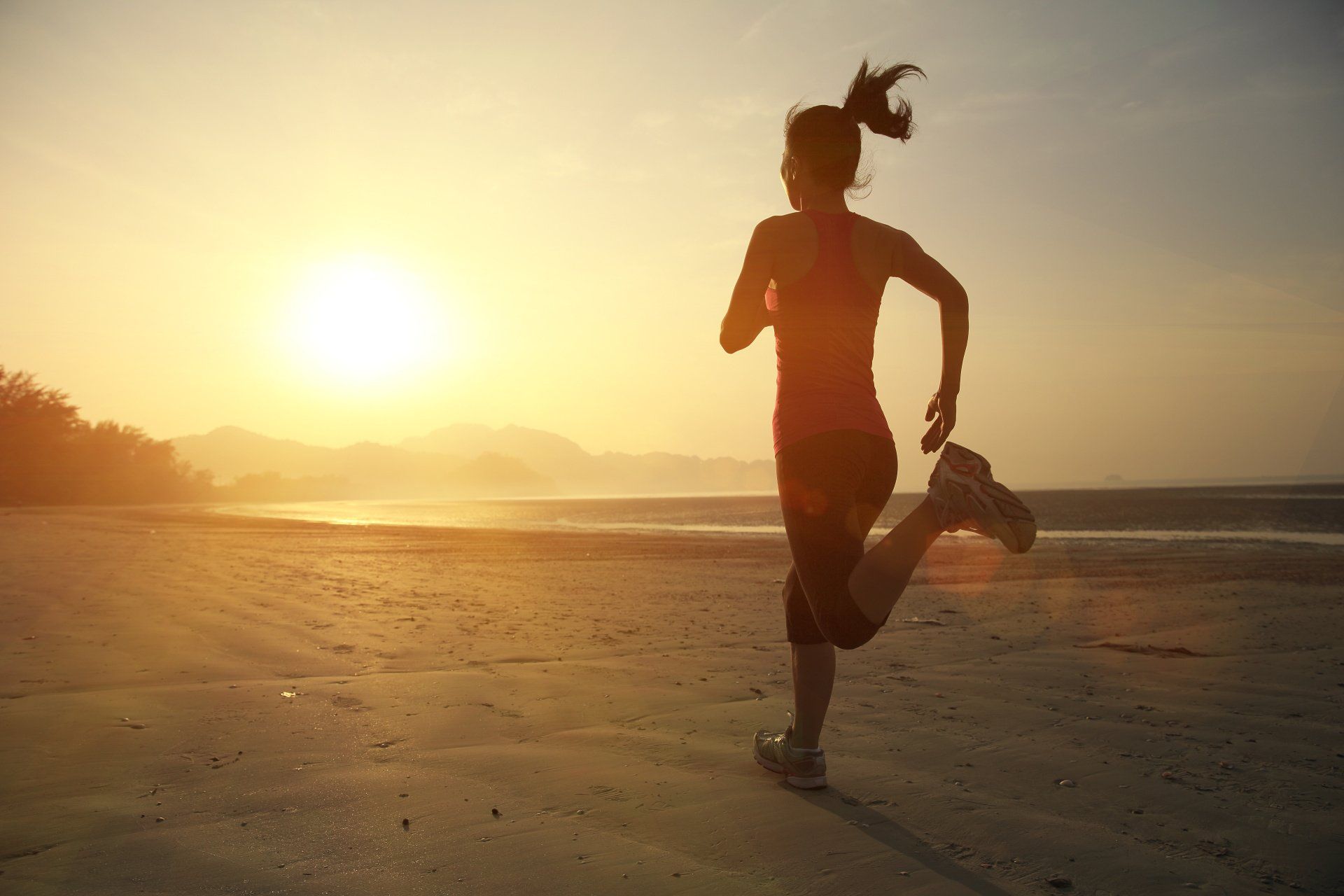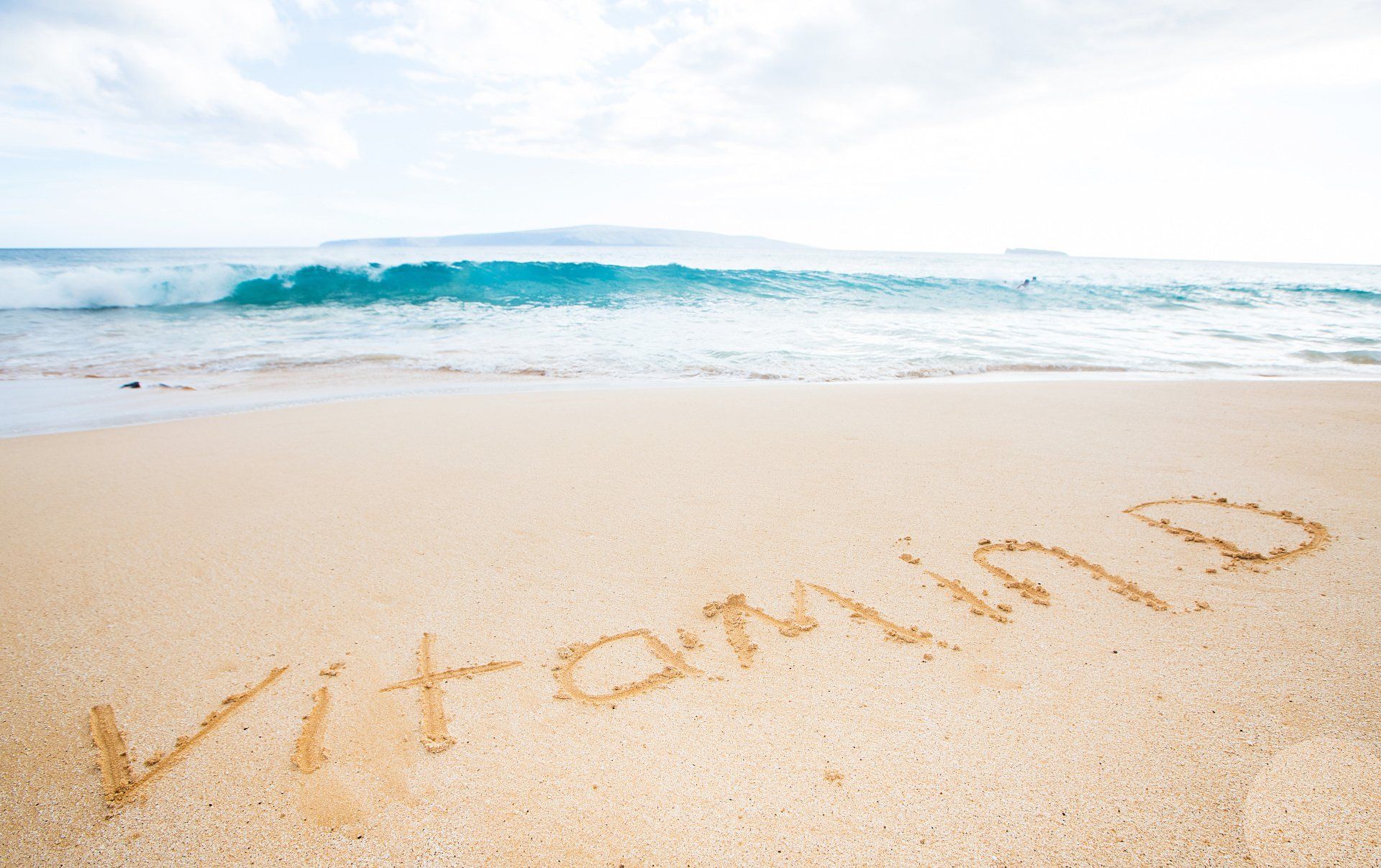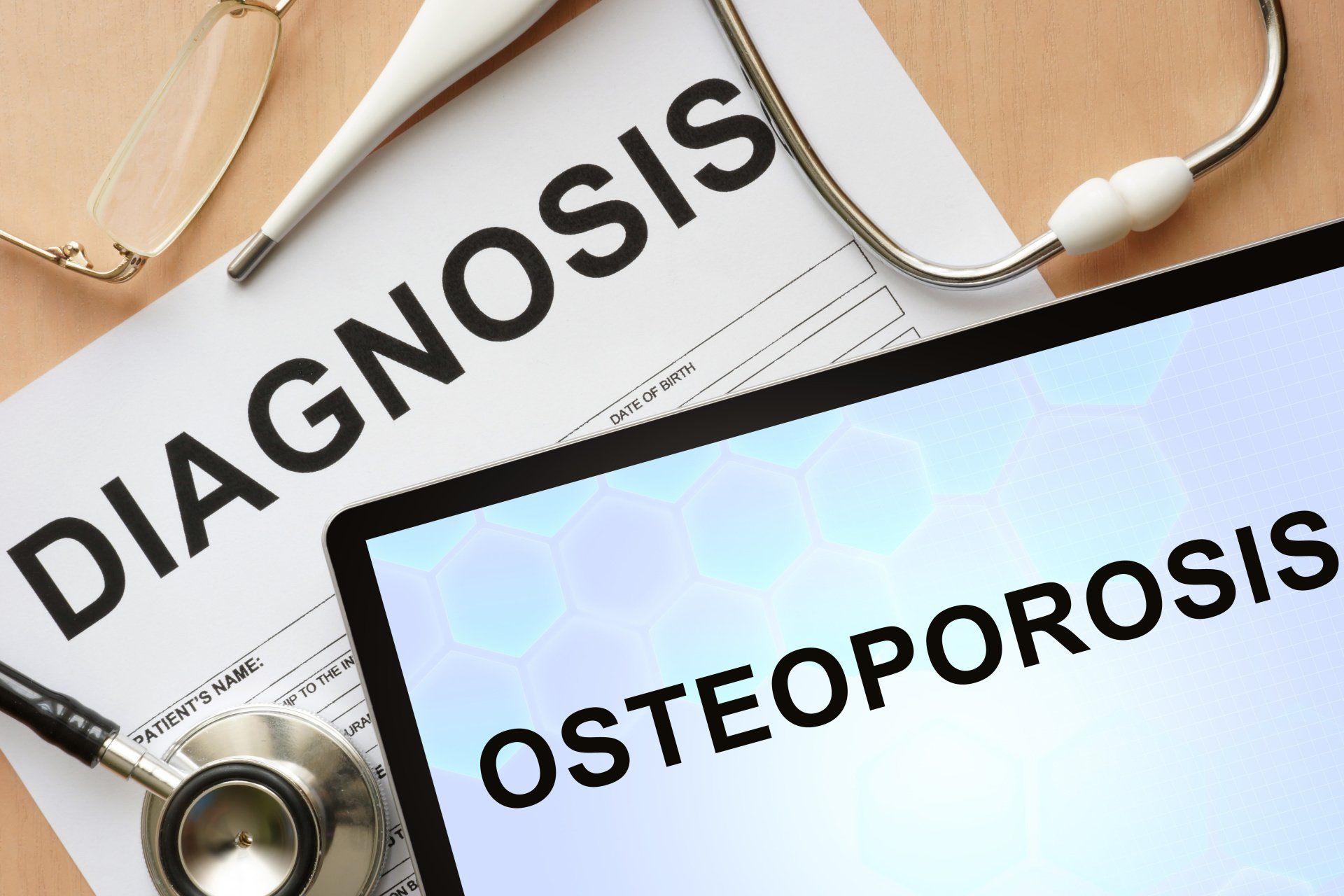Influence of Gender on Risk of Sports Injuries
Running
- Women have 50% greater risk of some common pathologies sustained whilst running:
- Anterior knee pain
- Plantar fasciitis
- Iliotibial Band Syndrome
- During the stance phase of running (i.e. when the foot is in contact with the ground) women place the knee at a position of risk:
- Adduction of the hip (knee comes towards the midline)
- Internal rotation of the hip (knee points inwards)
- Ankle eversion (more pressure going on the inside arch of the foot)
- This is due to weaker muscles:
- Hip abductors
- Hip external rotators
- Hamstrings
- In this position excessive stresses are placed on:
- Ligaments especially of the knee and ankle making them prone to injury
- Patellofemoral joint (where the knee cap articulates in the knee) producing instability and anterior knee pain
- Women run more upright:
- During stance phase of running:
- Less flexion at the hip
- Less flexion at the knee
Landing after jumping
- Landing from a jump requires strong muscles to absorb the forces
- Women tend to land flat footed
- Men tend to land on the ball of their foot:
- This is the area around the metatarsal heads at the front of the foot
- Landing on the ball of the foot means more energy is absorbed by the calf muscles and Achilles tendon and so passing less stresses to the knee:
- To do this requires stronger calf muscles
- Women bend less at the knee and hips when they land
- Consequently, women pass more of the landing forces to their knees subjecting them to greater risk of injury
- These factors occur due to weaker muscles but with proper training and education they can be improved
- Injury prevention programmes are particularly good for this
Plyometrics
- With activities that involve quick turns and change of direction, strong balanced musculature together with proprioception are critical in order to avoid injuries
- Women tend to be more quadriceps dominant due to weaker hamstrings than men which puts them at increased risk
Neuromuscular control
- Neuromuscular control requires various components working in synergy so as to perform a movement in a controlled manner
- It involves coordinating movement of multiple joints at the same time and sequentially
- Timing of the muscle contraction and in the correct sequence is key
- It is not unheard of to cause severe injury to a joint simply by untimely contraction of a muscle whilst carrying out a rapid movement
- This coordination of movement around multiple joints is so that less stress is placed on the joints and ligaments and it involves:
- Perception
- Detection
- Processing of incoming sensory information
- One of the key causes for the increased risk of injury in females is the lack of neuromuscular control
- Neuromuscular fatigue occurs when as the exercise continues over time the muscles start to fatigue and this is more prominent in women:
- This leads to excessive stresses on joints and ligaments which are therefore put at risk of injury and pain
- Neuromuscular control can however by improved with correct training:
- Female football players have been noted to improve their risk of ACL injury by almost 90% and of frank tears by 75% simply by incorporating neuromuscular training
- More details on this can be found on lower limb injury prevention programme and specific ACL injury prevention programmes
Metabolic differences
- Men have higher testosterone levels and women have higher oestrogen levels
- This results in differences in the way blood sugars and lipids are metabolised, utilised and stored all of which impact sport performance as well as overall health
- Testosterone helps build more muscle mass so it is easier for men to get stronger:
- However, its levels are known to reduce in male endurance runners
- Oestrogen increases the laxity of tendons and ligaments:
- This is useful for when giving birth but not when participating in sport
The impact of oestrogen on musculoskeletal tissues
- The exact impact of oestrogen on musculoskeletal tissues in young active women is still unclear
- Oestrogen receptors are present in all musculoskeletal tissues:
- Muscles
- Tendons
- Ligaments
- Bones
- Various studies have shown that:
- Menstruating women are at higher risk of ACL injuries
- As oestrogen level rises during the menstrual cycle so does the risk of ACL injury during this period:
- The average menstrual cycle is 28 days long but it can vary and between 21 and 35 days is considered normal
- Day zero is taken to be the first day of menstruation, day 14 time of ovulation which is when the egg is released from one of the ovaries
- Oestrogen levels start to rise on days 8-11 of the cycle reaching their highest level in days 12-13 and return to original levels by day 16
- Some studies have measured the ACL to increase in laxity by 1-5mm
- For every 1.3mm increase in ACL laxity the risk of ACL injury increased by 4 times thus helping to explain the 2-10 fold increase of ACL injury in women
- Menopause accelerates bone and muscle mass wastage, and increases risk of musculoskeletal injury
- Hormone Replacement Therapy (HRT) given to postmenopausal women reduces rate of muscle and bone loss
- Postmenopausal women have reduced sensitivity to anabolic stimuli that help build muscle
Muscle fibre differences
- Women tend to have a higher proportion of type I muscle fibres and men more type II fibres (further information on muscle and fibres can be found here)
- This difference is one of the reasons why male athletes tend to be faster and stronger than females
Tendon injuries
- Women have reduced risk of muscle injuries than men
- In professional football female players have 50% less muscle strains than males:
- Females professional football players also have 80% less groin injuries and 35% less hamstring injuries
- Women compared to men, have reduced risk of Achilles tendon injury than males until menopause, after which the risk equalises
- Whilst these differences have been found, it is not clear why that is
Further helpful information can be found here on:
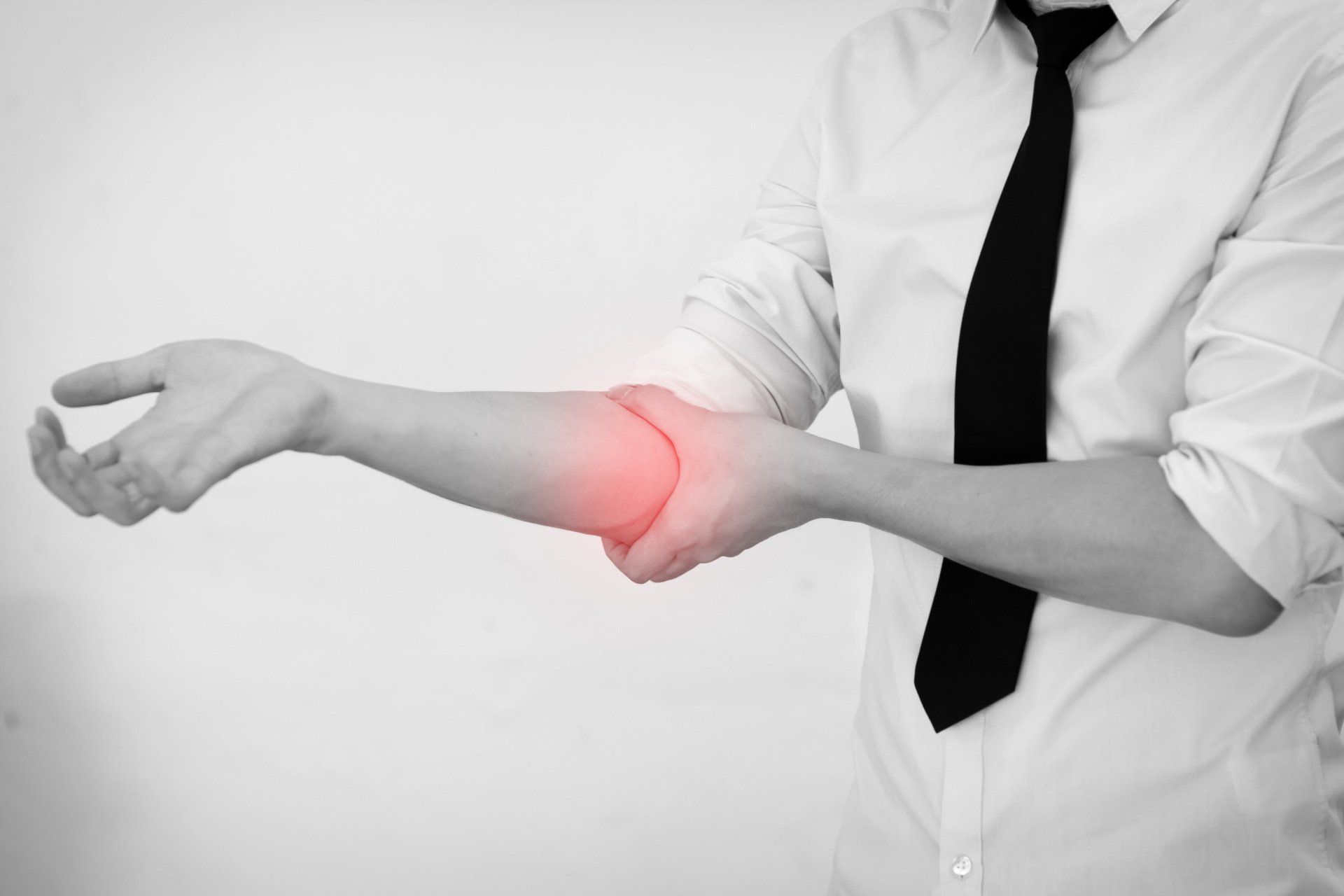
Introduction Cubital Tunnel Syndrome occurs when the ulnar nerve is compressed within a tunnel on the inner (medial) side of the elbow just behind the bony prominence of the inner aspect of the elbow called the medial epicondyle Cubital Tunnel Syndrome is the second most common cause of peripheral nerve compression: The most common one being carpal tunnel syndrome (compression of the median nerve at the wrist) The ulnar nerve is one of the three main nerves of the upper limb: The other two nerves of the upper limb are the median nerve and the radial nerve The ulnar nerve travels from the neck past the elbow and wrist and into the hand: Along the way it travels past some narrow areas where it can be constricted and cause symptoms for the patient The most common site of ulnar nerve compression is in the cubital tunnel at the elbow The second most common site is in Guyon’s canal in the hand When someone accidentally hits the inner side of the elbow (often termed hitting the funny bone) they get a sharp tingling sensation on the inner side of the elbow and forearm: This occurs because the ulnar nerve was hit at the site of the cubital tunnel where the nerve is close to the skin surface and therefore easily injured from outside forces
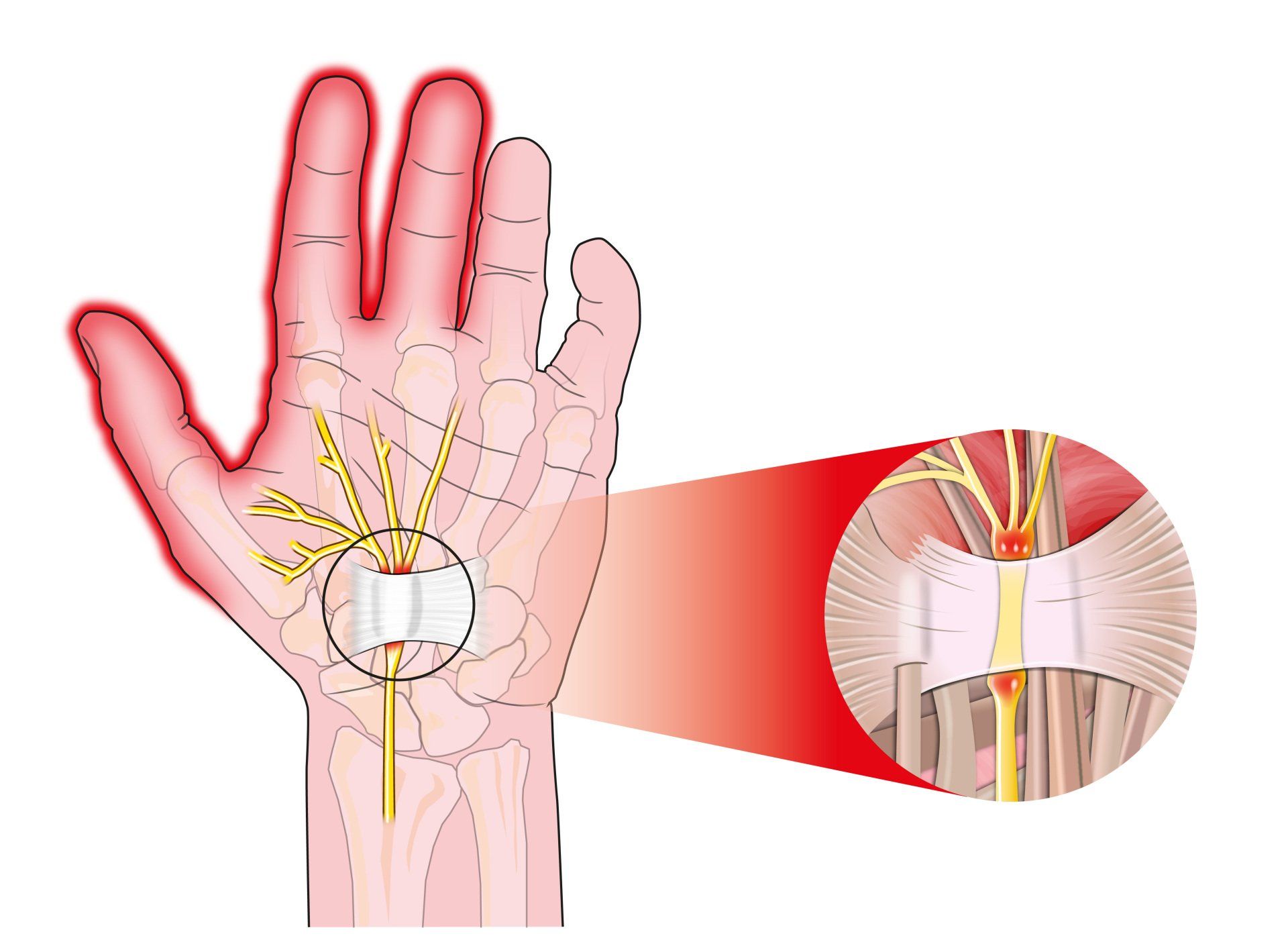
Introduction Carpal tunnel syndrome is a common condition that causes numbness, tingling and weakness in the hand specifically affecting the thumb, index and middle fingers: The little and ring fingers are not affected as they are supplied by another nerve called the ulnar nerve It is the commonest cause of peripheral nerve entrapment It is caused by compression of the median nerve as it passes from the forearm into the hand through a passage called carpal (i.e. wrist) tunnel The median nerve is one of three main nerves that supply the upper limb: The other two nerves are the ulnar nerve and the radial nerve
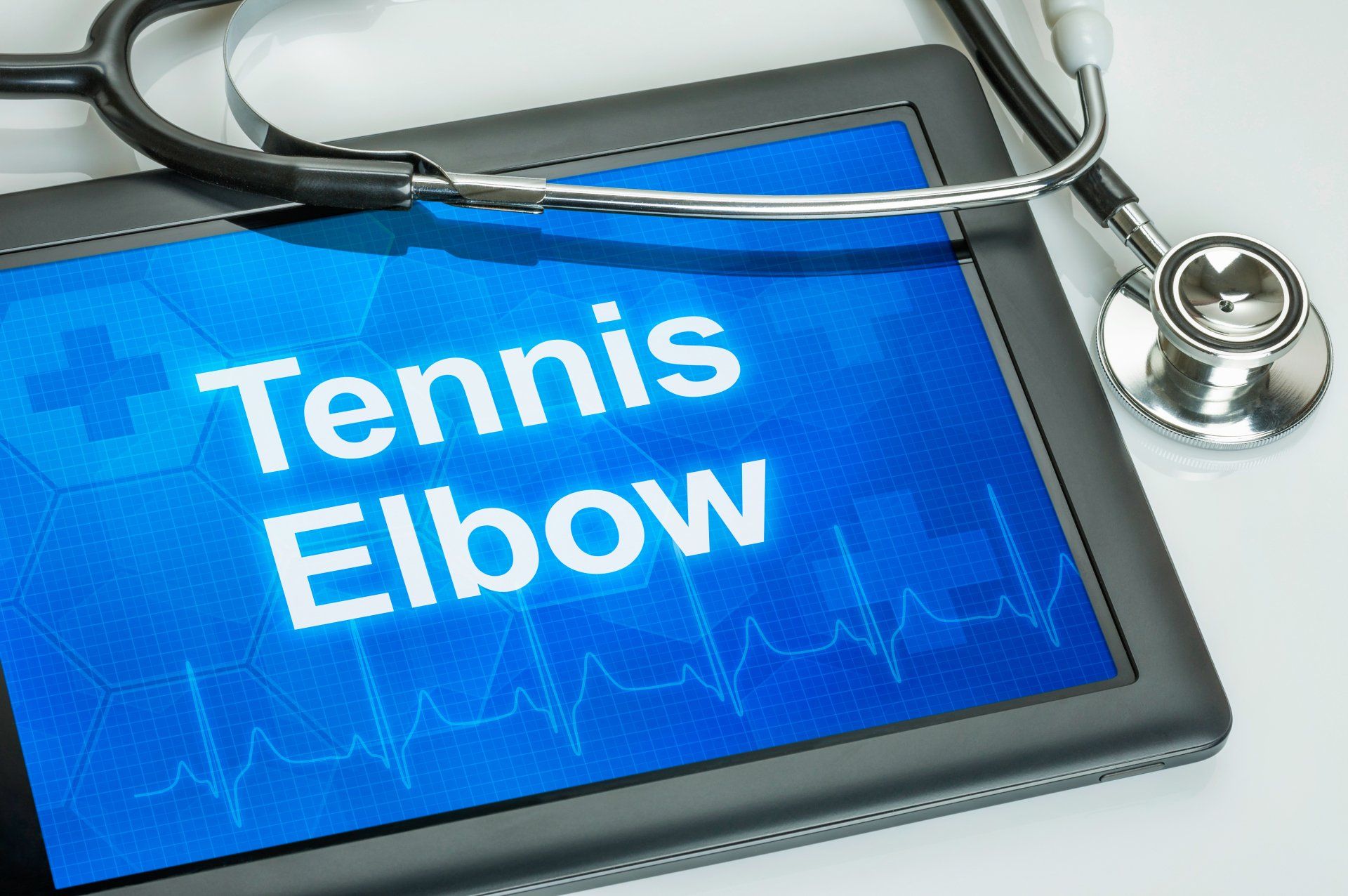
Introduction Tennis elbow (also known as lateral epicondylitis) is an overuse injury of the forearm tendons that originate over the lateral epicondyle of the humerus (bony prominence on the outside of the elbow) and act to bring the wrist backward away from the palm Whilst tennis players are particular prone to this condition it does not occur exclusively to them
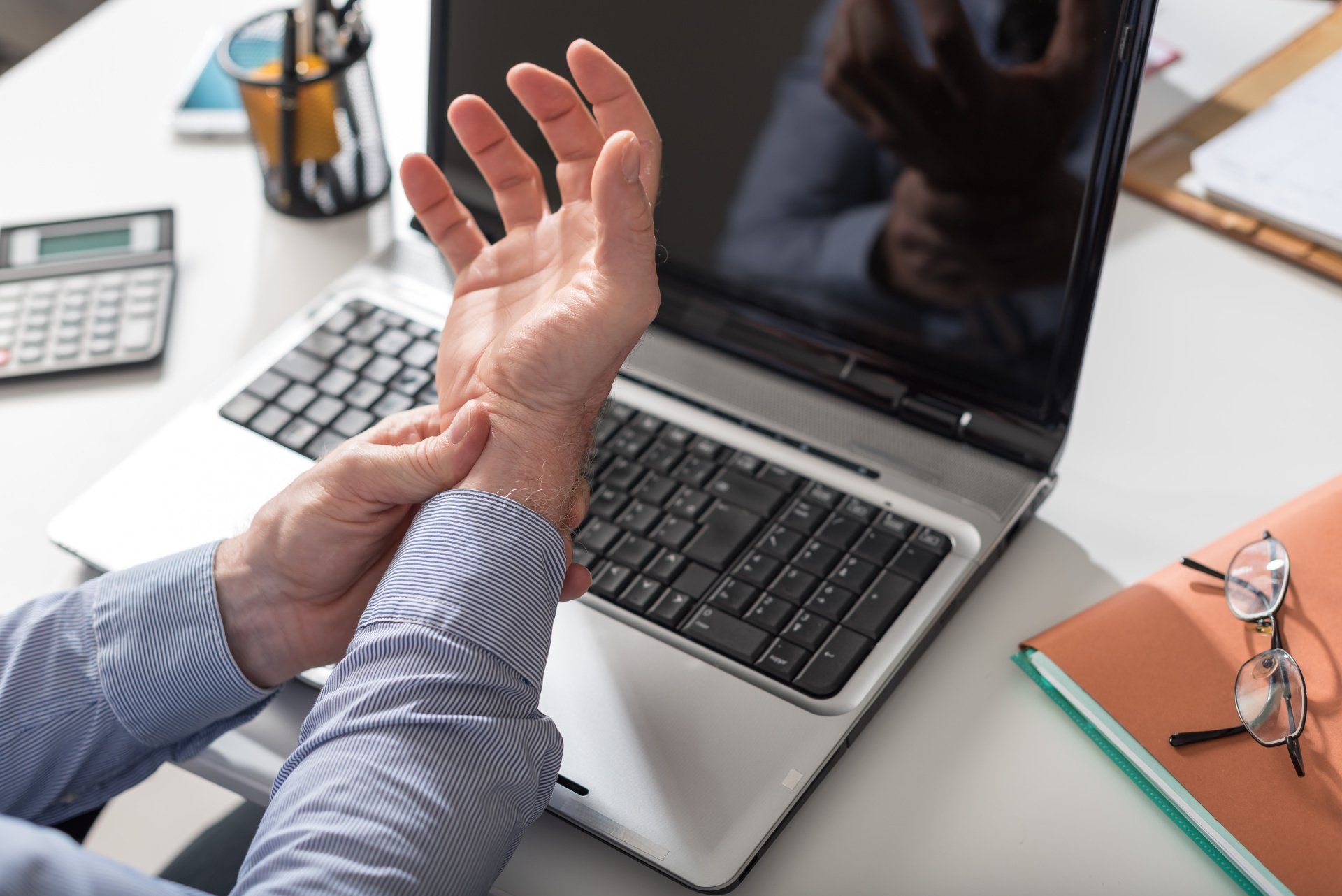
Introduction This term is also known as repetitive motion or stress injury and occurs as a result of carrying out the same motion repeatedly over time causing injury to muscles and tendons It is associated with repetitive tasks, sustained or awkward position, forceful exertion, vibration or compressive forces It can affect almost any joint in the body Most commonly affected areas are hands, wrists, shoulders and neck It is thought to affect 5-10% of the general population but can be as high as 20-40% in specific working populations





